Unsung heroes: Fate of lost PAF aviators uncovered
Details regarding pilot and navigator, who got lost in bombing mission in Sept 1965, remained obscure for decades.
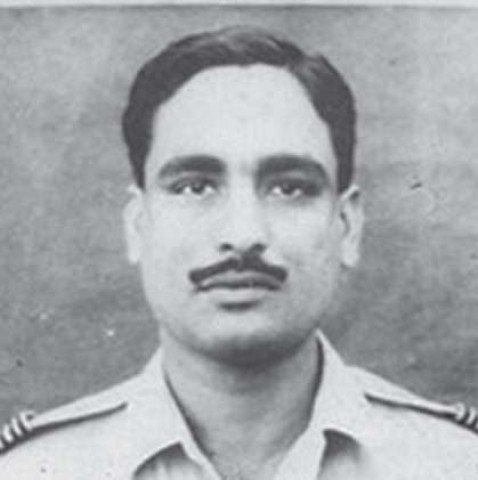
When Squadron Leaders Shabbir Alam Siddiqui (pilot) and Aslam Qureshi (navigator) did not return from their third bombing mission on the night of September 6, 1965, details regarding their fateful mission remained obscure for decades.
Consequently, they were declared missing in action by the Pakistan Air Force (PAF) and never decorated for their valiant service. Their wives, Shahnaz Alam and Parveen Qureshi, both new mothers in their early twenties at the time, lived with an anguishing lack of disclosure.
It took Shahnaz more than 40 years of undying love and relentless determination to uncover facts about her loving husband’s fate. She was finally able to draw attention of the Indian Air Force (IAF) in 2006 through help from Air Commodore (retired) Najeeb Khan, himself a decorated war veteran and a colleague of the lost officers.
In a historic gesture, then IAF Chief Shashi Tyagi responded compassionately and ordered exclusive research into the fate of this dauntless crew. He officially invited Shahnaz to India and informed her that the PAF B-57 bomber from Mauripur (Masroor) Base in Karachi had reached over its target Jamnagar Airfield shortly before dawn on September 7, 1965. After dropping two bombs it was in circuit to drop the remaining load when it was hit by anti-aircraft (AA) fire and crashed. The pilot and navigator were killed on impact and buried in nearby fields.
IAF revelations therefore cleared the various misconceptions regarding this fateful mission, which had accumulated over the decades. PVS Jagan Mohan, renowned Indian military historian and author of the highly-acclaimed book The India-Pakistan Air War of 1965, points out that, “The impression about this B-57 crashing into the sea en route was incorrect as the IAF had claimed shooting down the bomber in 1965. It seems due to the atmosphere of hostilities and distrust, the PAF may not have believed the IAF claim.”
Further research into Indian accounts of the war revealed that this crew had bombed the enemy airfield at a very critical time, when aircraft of the Indian Navy Air Squadron were preparing for a massive raid against PAF bases at dawn on September 7. Their daring mission annihilated the planned Indian assault.
Rear Admiral Satyindra Singh of the Indian Navy states in his book Blue Water – Indian Navy 1961-1965 that, “Had the eight aircraft at Jamnagar bombed the ‘seeing-eye’ of the PAF air defence establishment at Badin, the war would have been over much quicker...”
Five years after these crucial revelations from India, their families are hopeful that the President and PAF chief will at last honour these unsung national heroes.
“My family and I have never sought any financial reward that accompanies a decoration. All I have longed for nearly 50 years is the gallantry award acknowledging my husband’s valour and sacrifice alongside celebrated war heroes of 1965,” says Shahnaz.
There are numerous examples of delayed gallantry awards the world over. Squadron Leader AB Devayya of IAF, who was lost in aerial combat over Sargodha in 1965, was decorated with a posthumous Maha Vir Chakra during the 1980s when details of his last mission were revealed over two decades later. In May this year, US President Barack Obama awarded the Medal of Honour to families of two soldiers killed in 1951 during the Korean War.
Another example is of Sipahi Maqbool Hussain of Pakistan army who was taken as a prisoner of war by the Indian army in 1965 and tortured for decades. When released few years ago, he managed to reach his regiment where his amazing saga was revealed and he was awarded the Sitara-e-Jurat.
Parveen requests authorities to also try and bring the remains of these officers home, so they can be buried in their own soil. A cited example is that of Mati-ur-Rahman, the Bengali pilot who was killed while attempting to hijack Pilot Officer Rashid Minhas’ aircraft in 1971. His remains were excavated from a graveyard at Masroor Base and handed over in 2006. Rahman is a recipient of Bir Sreshtho, Bangladesh’s highest military award.
Published in The Express Tribune, September 10th, 2011.

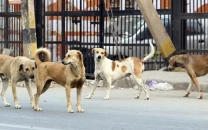
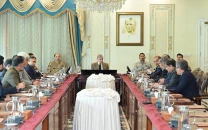
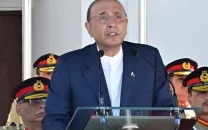
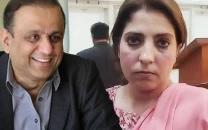
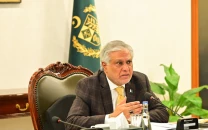
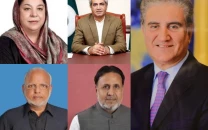












COMMENTS
Comments are moderated and generally will be posted if they are on-topic and not abusive.
For more information, please see our Comments FAQ